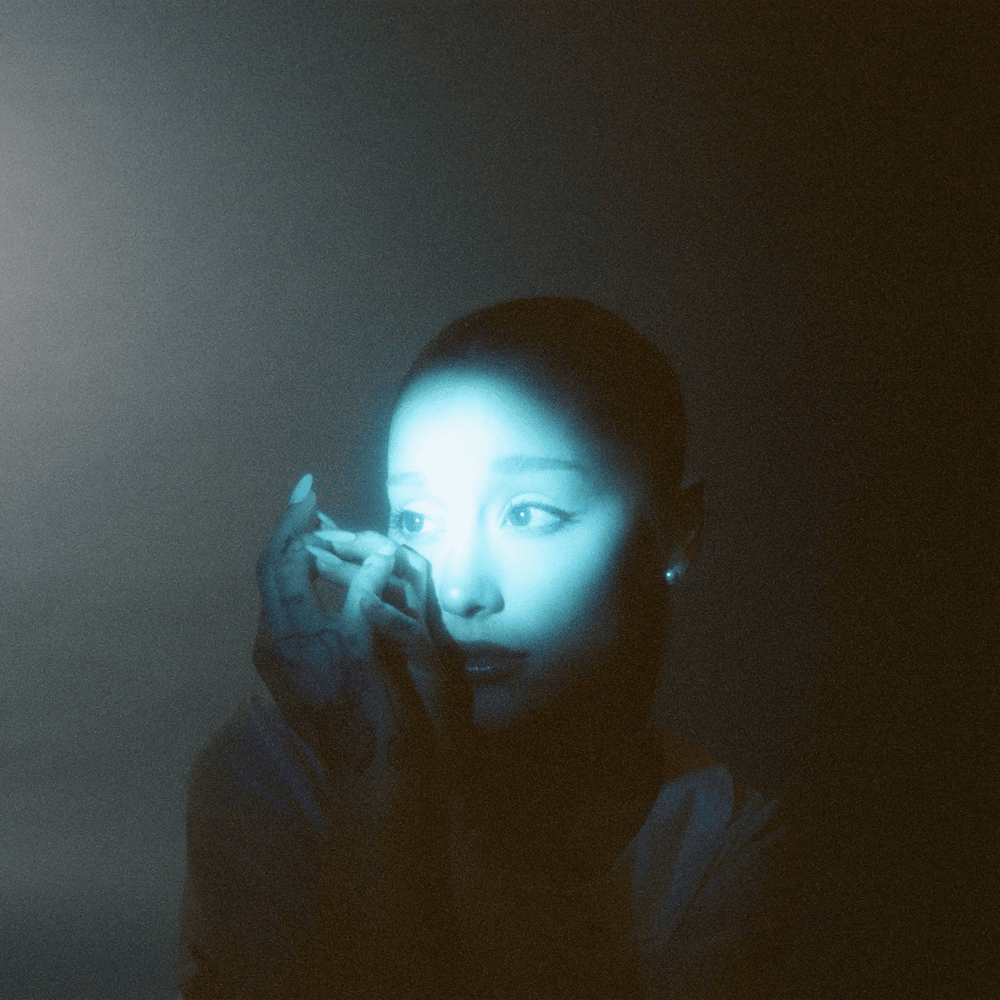Nicki Minaj released her debut album, Pink Friday, Nov. 22. Her second single from the album, “Your Love” topped the Billboard charts in July and August, the first single from a female MC (rapper) to do so since Lil Kim’s “Magic Stick” and Missy Elliot’s “Work It” were released in 2003. Whether or not some people like her or consider her a real rapper, Nicki Minaj is the definitive leader of the female rapper resurgence.
It seems that this new school of rappers that includes the commercially successful Drake, the heavy-hitting J. Cole and the marijuana-obsessed Wiz Khalifa have made the new decade a sign of hope for hip-hop. However, Nicki Minaj, the only female in this new class of MCs, has been setting the charts on fire with record-breaking singles and collaborations. Her story is the latest chapter of the female MC.
That story started back in 1979 when a young rapper named Lady B released her first single, “To the Beat Y’all.” What followed was the rise of the female MC; an afro-centric and unifying period that lasted from 1979 to around 1994. In 1984, a single by rap group U.T.F.O. called “Roxanne, Roxanne,” about a woman who would not respond to their advances, created a surge of response records by female MCs who felt disrespected by the degradation of women in hip-hop. Made most popular by “Roxanne’s Revenge,” recorded by 14-year-old Roxanne Shante, the records dubbed The Roxanne Wars gave women a voice in a culture that made them objects.
Arguably the best female rapper in history, MC Lyte debuted in 1988 with her album, Lyte as a Rock, but it wasn’t until her single “Cha Cha Cha” released in 1989 that she proved that female rappers could not only hold their own against their male counterparts, but also be tough enough to scare them. MC Lyte’s tomboy look, mixed with her hard-hitting lyrics, helped to get her message against violence, domestic abuse and drugs across New York.
With the creation of Salt-N-Pepa, hip-hop’s first female rap group, women solidified their spot in the genre with the radio hit “Push It” in 1987. The single mixed sensuality with lyricism in a way that had not previously seen success on the radio. The group’s fourth album, Very Necessary, went on to become the highest-selling female rap album upon release in 1993, with five million copies sold in the US.
Soon enough, however, female rappers began to use their looks to get commercial success on the Billboard charts. Rapper Lil’ Kim was the first to prove that hard-core lyrics mixed with sexuality sells. Her debut single, “Crush on You” featuring Lil Cease and The Notorious B.I.G. contained lyrics about smoking marijuana and see-through lingerie. Rapper Foxy Brown threw elegance in the mix, famously wearing an evening gown in the music video for “I’ll Be.” In the song, she was able to trade bars with Jay-Z, a feat so undeniably difficult for male rappers that she instantly gained street credit and respect from her peers.
Even Da Brat, whose 1994 debut album, Funkdafied, was the first album by a female rapper to be certified platinum, ultimately traded her “gangsta” image for sex appeal by the time her third album was released. The switch proved that the new millennium had changed female rappers’ place in hip-hop. Instead of promoting positive lifestyles and individuality, these rappers quickly became the musical eye candy that they had initially spoken out against.
Next came Eve, the queen of DMX’s Ruff Ryders label, who had the ability to stand her ground against any battle rapper and still collaborate with Gwen Stefani on her 2001 single “Let Me Blow Your Mind.” The female MC soon fell from grace because most female rappers either adopted the sex appeal that was dominating the music videos, or attempted to branch into R&B. Eve did neither. Queen Latifah, however, put out a record in 2004, The Dana Owens Album, which was a cover of old R&B and jazz hits by everyone from Al Green to Barbara Lewis. Similarly, ex-Fugee Lauryn Hill’s 1998 debut solo album, The Miseducation of Lauryn Hill, was an R&B-crossover album, although this exception was met with praise and commercial success with over eight million records sold in the US alone.
The only ray of hope in the new millennium for female rappers disinterested in being sex symbols was Missy Elliott, whose 1997 debut album, Supa Dupa Fly, was a mix of hip-hop, R&B, alternative, dance, soul and Timbaland beats. Missy went on to be the only female rapper to have six albums go platinum, with her fourth album selling over two million copies.
That ray of hope hasn’t dropped an album in five years, and the female MC has since then been essentially non-existent in the industry. Lil’ Kim and Remy Ma both did time in prison, and the male rappers that started rap took over once again. That was up until Lil Wayne introduced the world to Nicki Minaj. Co-signed by Gucci Mane before her mainstream debut, the rapper has since set radio on fire and made teenage boys drool with her perfect blend of sex appeal, hard-hitting lyrics, and different rapping styles that she credits to her alter-egos.
However, what makes Nicki Minaj so popular isn’t her powerful lyrics or her ability to switch accents mid-song. Minaj is on top of the game because there is no one else that sounds like her. Salt-N-Pepa’s raunchiness, and MC Lyte’s lyricism, Lil’ Kim’s dirtiness and Eve’s toughness are all different sides to Nicki Minaj—but they do not define her. While her rhymes might not all make sense grammatically, her flow is sure to turn heads with every word.
Some people argue that Minaj doesn’t have what it takes to have a long and prosperous career in hip-hop, but this has always been the case about all female MCs. She has found the balance between rap and sex that only a handful of rappers have been able to grasp in rap’s short history. Whether it’s her lyrics or her body, Minaj is sure to leave a lasting impact on the hip-hop world, and as long as she makes music videos for her radio singles, they’re sure to sell. The female MC is alive once again.







